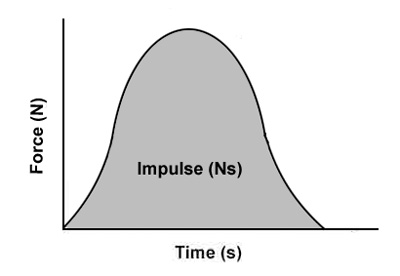There is a scene in Justice League where Bruce Wayne goes to recruit Barry Allen to join the fight against Steppenwolf.
Throughout the conversation between the two Bruce says, "So, your fast?" Barry replies, "That's an over-simplification"
While that movie wasn't the Avengers like box office success like DC thought it would be it did have that line that greatly defines what it takes to be fast.
Being fast or having the ability to run fast is more often the not accredited to pure genetics. While genetics does play a factor it is indeed an over-simplification of speed.
Speed can be in a pure straight-line speed. An example would be a 40-yard dash. Change of direction is speed with known changes in direction. This would include elements of acceleration, deceleration and technical prowess. Pro agility or T Test are excellent examples of change of direction. Agility is change of direction, but in reaction to stimuli. Think a defensive back reacting to a Wide Receiver in American Football. Both change of direction and agility are a function of physical and technical practice.
When looking at speed we fitness nerds speak in terms of rate of force development and Impulse.
Rate of force development is the maximum amount of force produced in the minimal amount of time. Another way to look at Rate of Force Develpment is explosive strength. If this sounds familiar to you it should. It is basically the same definition of plyometrics.
Impulse is the product of generated force, and the time required for production. Often times impulse is depicted as a graph
 |
| Impulse shown as a graph. Notice the upside U showing that max force is used halfway through time. Rate of force development and impulse both apply to speed. As you run your foot is applying force to the running surface; stronger the force then theoretically the faster you run. We want the maximum amount of force applied in each step. Elite sprinters are a scientific phenomenon in terms of how fast they apply force to the running surface. In pure sprinting Rate of Force development is the metric to use. For change of direction/agility or in a sport environment we fitness nerds look at Impulse. In sports we change direction so quickly that we do not have time to incorporate max strength-hence how fast can you produce force. The key to produce force for speed boils down to three elements: Max strength + plyometrics and Sprint training. Training max force aids in rate production and rate coding. Or in laymen's terms sending powerful, repeated signals to the motor units. Training plyometrics aids in training high threshold motor units . Sprint training aids in the development of the creatine phosphate energy system. All three of these training methods are used for increasing speed. So, yes Barry Allen being fast is indeed an over-simplification. |
No comments:
Post a Comment